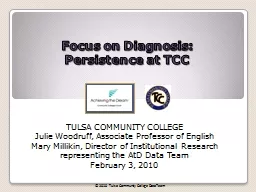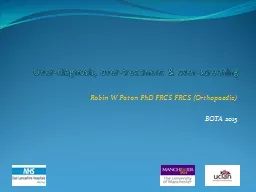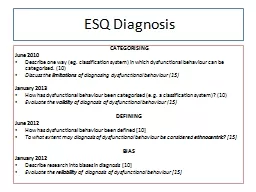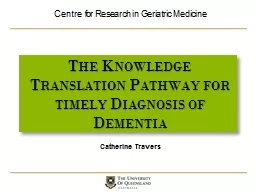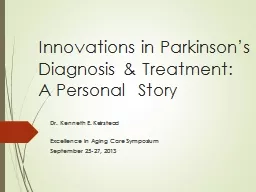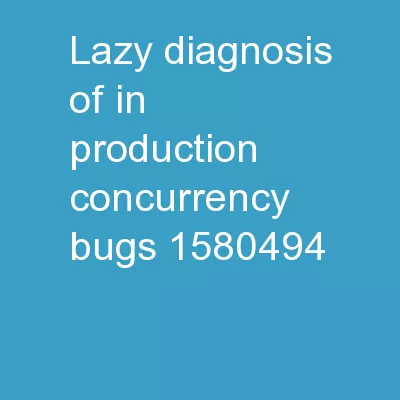PPT-Focus on Diagnosis:
Author : karlyn-bohler | Published Date : 2017-12-30
Persistence at TCC TULSA COMMUNITY COLLEGE Julie Woodruff Associate Professor of English Mary Millikin Director of Institutional Research representing the AtD Data
Presentation Embed Code
Download Presentation
Download Presentation The PPT/PDF document "Focus on Diagnosis:" is the property of its rightful owner. Permission is granted to download and print the materials on this website for personal, non-commercial use only, and to display it on your personal computer provided you do not modify the materials and that you retain all copyright notices contained in the materials. By downloading content from our website, you accept the terms of this agreement.
Focus on Diagnosis:: Transcript
Download Rules Of Document
"Focus on Diagnosis:"The content belongs to its owner. You may download and print it for personal use, without modification, and keep all copyright notices. By downloading, you agree to these terms.
Related Documents

